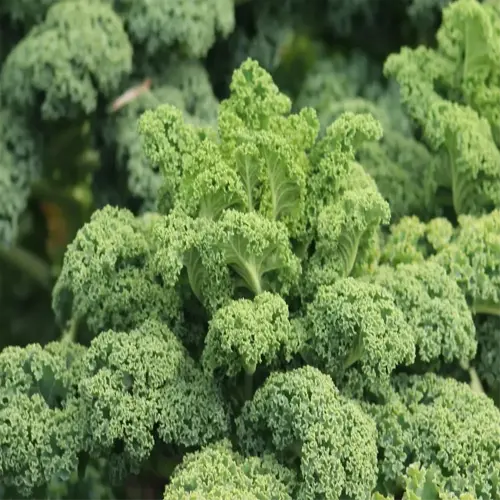Is lavender easy to grow?

Written by
Olivia Mitchell
Reviewed by
Prof. Samuel Fitzgerald, Ph.D.Growing lavender gives gardeners an aromatic experience and enhances the availability of pollinators in their backyard, but it requires sun, drainage, and restraint. My initial Anglo-filler lymphatic plants met their demise from overwatering until I grew my plants to mimic the Mediterranean hillsides of their origin, with sandy soils, drinks only intermittently, and no extra fuss from me. The path to success began with embracing their love of tough love!
Soil Testing Kit
- Measures pH 6.5-8.0
- Detects nutrient imbalances
- Prevents root rot
Bypass Pruners
- Sharp blades for clean cuts
- Disinfect with alcohol weekly
- Avoids disease spread
English lavender can be grown in USDA hardiness zones 5-8 and can survive down to -20°F with adequate mulch protection. The varieties from the Spanish group will not survive below zone 7. I always recommend ‘Hidcote' for containers and ‘Grosso' for hedges. Make a selection based on hardiness to winter lows outside your location, not just the bloom color your client may prefer.
A lavender is more likely to be killed from overwatering than drought. Before watering, check to ensure the topsoil has dried at least 2 inches deep. I use a chopstick to measure moisture. It's a trick from an old Italian gardener. Containers will drain faster than in the ground, so consider adding perlite or another product to the mixes to help slow down drainage.
Read the full article: How to Grow Lavender: Complete Expert Guide for Success

